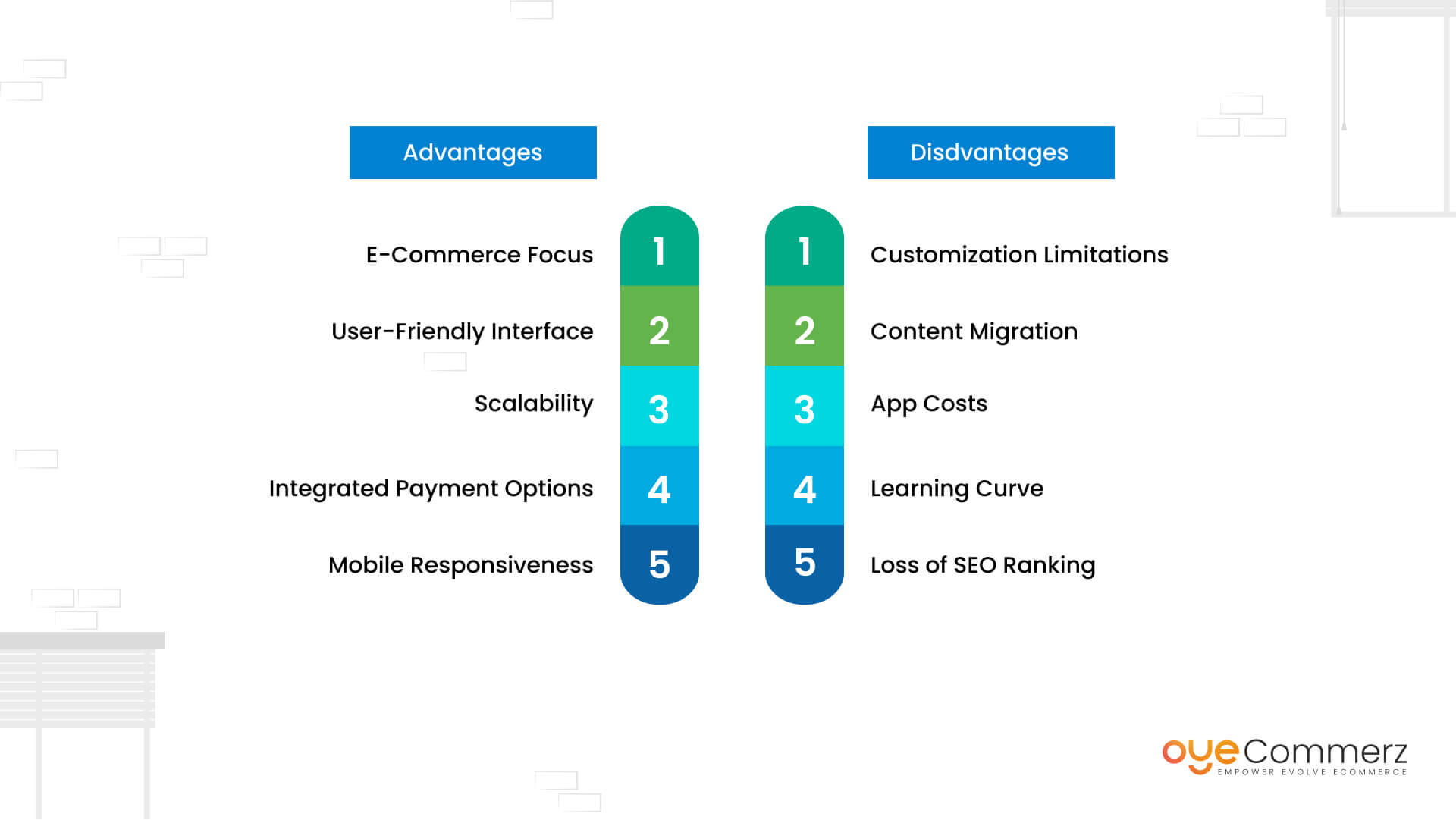Transitioning from WordPress to Shopify marks an exciting step toward optimizing your online store operations. As companies grow, selecting a platform that supports scalability, UX, and flexibility becomes crucial. Shopify is widely recognized as a preferred choice for online merchants, offering superior flexibility, data protection, and ease of use. In this guide, we’ll explore why this migration is a game-changer, highlight the benefits, and share actionable steps to facilitate a seamless move.
1. Top Reasons to Transition from WP to Shopify
The combination of WordPress and WooCommerce, has served countless e-commerce platforms. Nevertheless, as businesses scale, challenges like reliance on plugins, security vulnerabilities, and complex setups can hinder progress. Shopify, designed explicitly for e-commerce, addresses these issues with an comprehensive, intuitive platform. Real data back this shift—Shopify hosts over 4.4 million websites worldwide, with a reported 10% increase in sales performance for many businesses after migration.
2. Key Benefits of Shopify for E-commerce Success
Shopify’s robust ecosystem caters for scaling businesses. Its notable benefits include:
- Effortless Design Flexibility: Shopify offers over 80 professionally designed themes.
- Built-in Features: Capabilities such as Shopify Payments and integrated SEO streamline operations.
- International Expansion: Multi-currency support and regional customization enable businesses to reach global markets.
Additionally, Shopify delivers an uptime rate of 99.98%, ensuring your website remains accessible.
3. Getting Ready for Your WordPress-to-Shopify Transition
Prior to starting the migration process, evaluate your current store. Analyze product data, customer details, and search engine rankings. Tools like Shopify’s Migration Kit or external tools can simplify this process. Create a detailed strategy, ensuring all assets—item details, images, and blog content—are ready for seamless import.
4. Data Migration: A Critical Step
Transferring your data forms the foundation for a successful platform switch. When moving from WP to Shopify, prioritize:
WooCommerce alternative Shopify - Inventory Details: SKU, item summaries, and categories.
- Client Information: Emails, purchase records, and preferences.
- Search Engine Considerations: Preserve meta tags, URLs, and forwarding paths to maintain search rankings.
Use apps like LitExtension to facilitate seamless migration while minimizing errors.
5. Tailoring Your Shopify Store to Fit Your Brand
After the move, customizing your Shopify store helps it reflects your brand. Take advantage of Shopify’s drag-and-drop editor to create layouts with ease. Shopify's themes are mobile-responsive, providing a seamless UX across devices—a key point, given 74% of online shopping is generated by mobile users.
6. How to Protect Your SEO Rankings When Switching Platforms
SEO is vital for maintaining your online presence during migration. Shopify is highly optimized for search engines with clean URL structures, built-in optimization tools, and smooth content management. Ensure:
- Implement 301 redirects for existing links.
- Optimize new pages with keyword-rich content.
- Leverage plugins like Plug in SEO to track analytics post-migration.
7. Essential Tests After Migrating to Shopify
Once the migration is complete, run detailed checks.
Check: - Page load times (Shopify delivers faster speeds in contrast with WP).
- Functionality of payment gateways and transaction flow.
- Adaptability across devices.
Testing ensures your store delivers a smooth shopping journey from day one.
8. Real-Life Success Story
An example of effective platform switching is Gymshark, a sportswear company that transitioned to Shopify. Post-migration, the company experienced a 60% WordPress to Shopify comparison boost in mobile sales and reduced site downtime. This showcases the potential of Shopify in driving e-commerce growth.
9. Challenges and Solutions
Migration is not without obstacles, such as information accuracy and reconfiguring custom functionalities. However, Shopify’s extensive assistance and third-party experts simplify the process. Partnering with qualified Shopify developers helps guarantee a smooth transition.
10. Starting Your Journey with Shopify
Migrating from WordPress to Shopify marks a forward-thinking approach to online retail. By focusing on growth, streamlining operations, and improving buyer satisfaction, Shopify enables companies to succeed in challenging industries.
Final Thoughts
Transitioning from WP to Shopify offers a smart solution that can greatly enhance your online business performance. With a well-structured strategy, the appropriate resources, and professional guidance, you can achieve new success milestones.
Excited to start the journey? Reach out today to learn how our Shopify migration services can revolutionize your online store. Get in touch today, or ask yourself: Can your business afford to miss out on Shopify’s growth potential?
